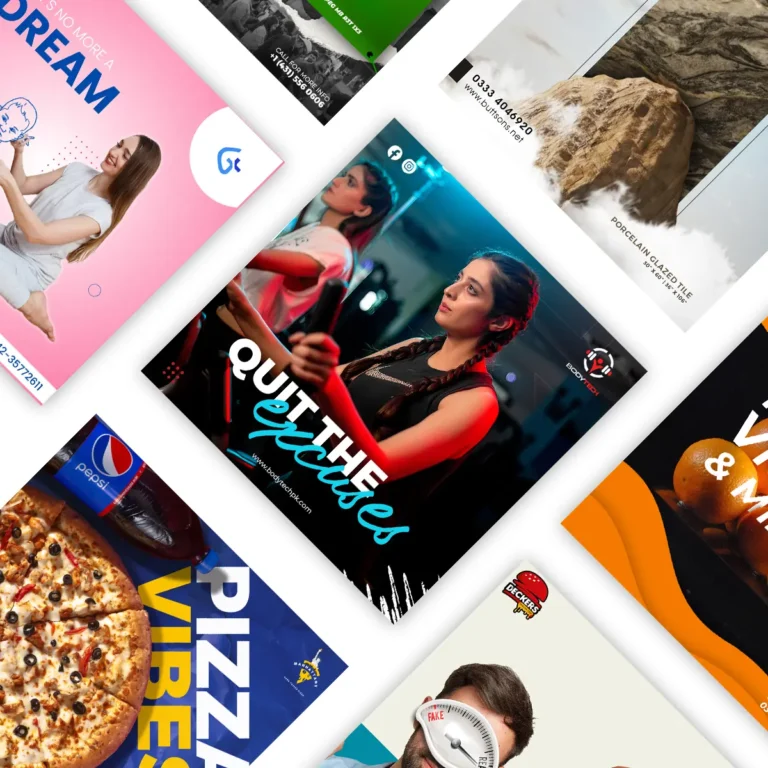What are Digital ads?
Digital ads, also known as online advertising, refer to promotional messages and content delivered through digital channels to reach and engage with a target audience. These ads leverage the internet and various digital technologies to promote products, services, or brands and are an integral part of digital marketing strategies. Here are more details about digital ads: Types of Digital Ads:
Search Engine Ads:
These ads appear on search engine results pages (SERPs) when users search for specific keywords or phrases. They are usually text-based and often marked as “Ad” or “Sponsored.”
Display Ads:
Display ads are visual ads that appear on websites, mobile apps, or social media platforms. They can take the form of banner ads, interactive ads, or rich media ads.
Video Ads:
Video ads are promotional videos that play before, during, or after online video content on platforms like YouTube or social media.
Social Media Ads:
These ads are specifically designed for social media platforms and can appear in users’ feeds, stories, or as sponsored content.
Native Ads:
Native ads blend seamlessly with the content of the platform on which they appear, matching the format and user experience of the surrounding content.
Pop-up Ads:
Pop-up ads open in separate windows or tabs usually triggered when a user accesses a website or clicks on certain elements.
Targeting and Personalization:
Digital ads allow for precise audience targeting based on various parameters, including demographics, location, interests, behaviors, and past interactions. This targeting capability ensures that ads are shown to relevant audiences, increasing the chances of engagement and conversions. Personalization further enhances ad effectiveness by tailoring the content to the preferences and behaviors of individual users.
Platforms: Digital ads can be deployed on a wide range of platforms, including:
Search Engines: Google Ads, Bing Ads, etc.
Social Media Platforms: Facebook, Instagram, Twitter, LinkedIn, etc.
Display Ad Networks: Google Display Network, AdRoll, etc.
Video Platforms: YouTube, Vimeo, etc.
Mobile Apps: In-app ads on various mobile apps.
Performance Tracking:
One of the key advantages of digital ads is the ability to track their performance in real-time. Advertisers can measure key performance indicators (KPIs) such as click-through rates (CTR), impressions, conversions, and return on investment (ROI). This data allows them to optimize their ad campaigns for better results and make data-driven decisions.
Ad Fraud and Ad Blocking:
Digital advertising faces challenges like ad fraud, where illegitimate or fraudulent activities artificially inflate ad engagement metrics. Additionally, some users choose to block digital ads using ad-blocking software, which affects ad visibility and reach.
Ad Creative and Testing:
Creating compelling ad creative is essential for capturing audience’s attention. Advertisers often conduct A/B testing to determine the most effective ad variations and optimize their campaigns for better performance.
Digital ads provide businesses with a powerful and measurable way to reach their target audience, increase brand awareness, drive website traffic, and achieve marketing objectives in the digital landscape.







